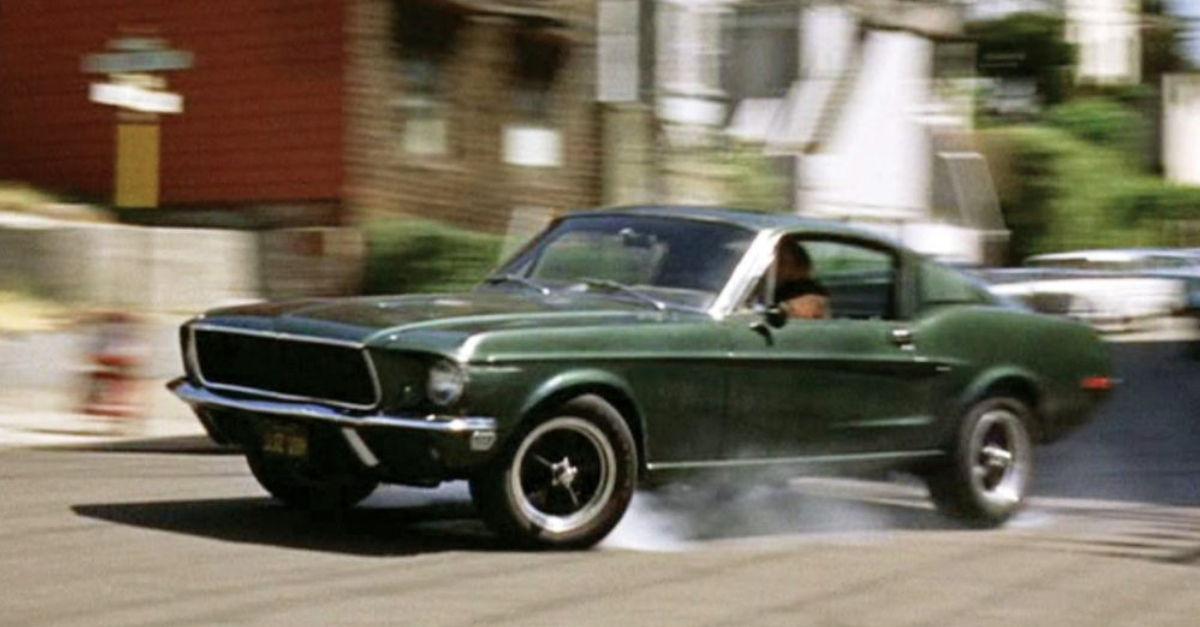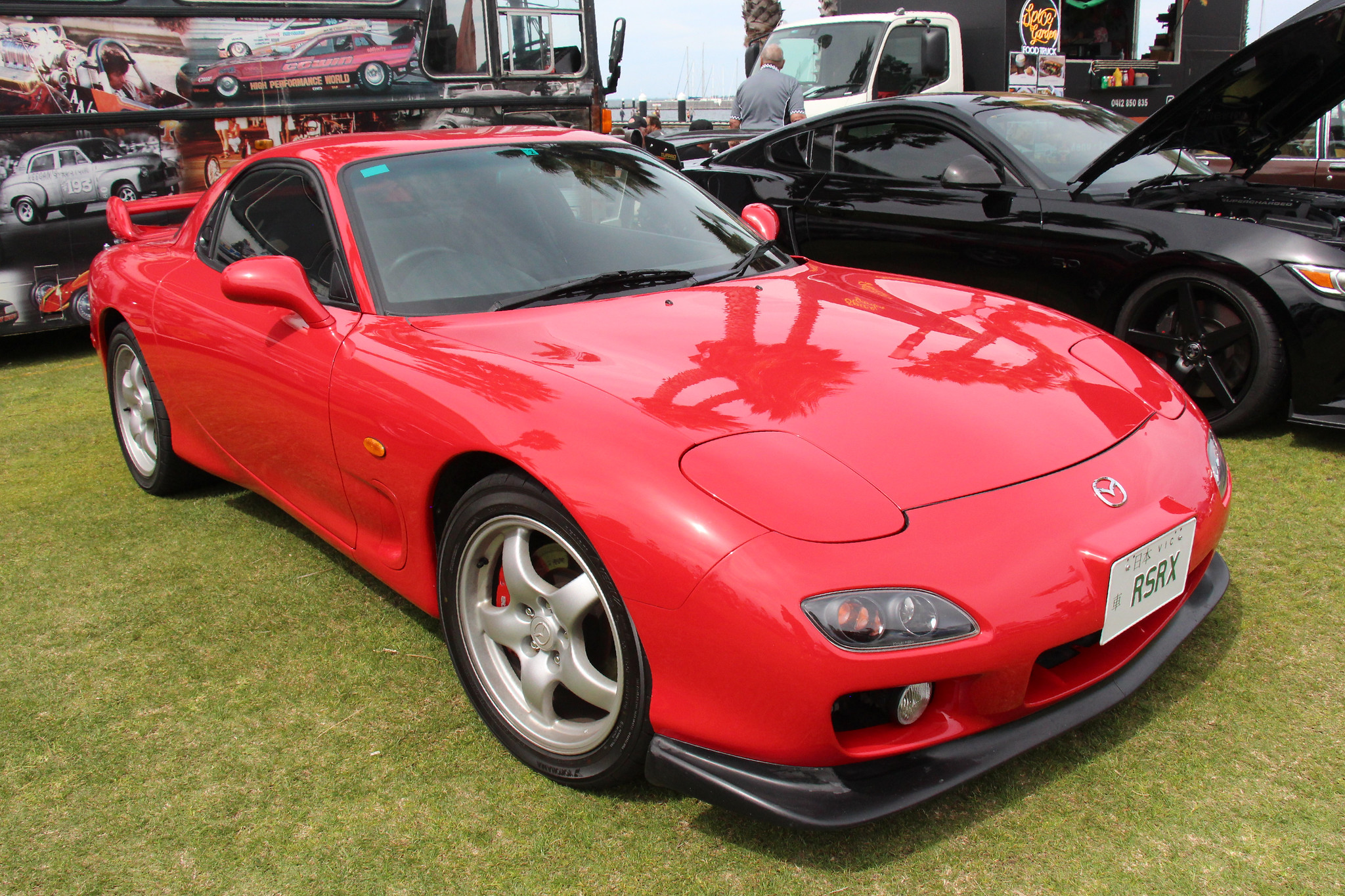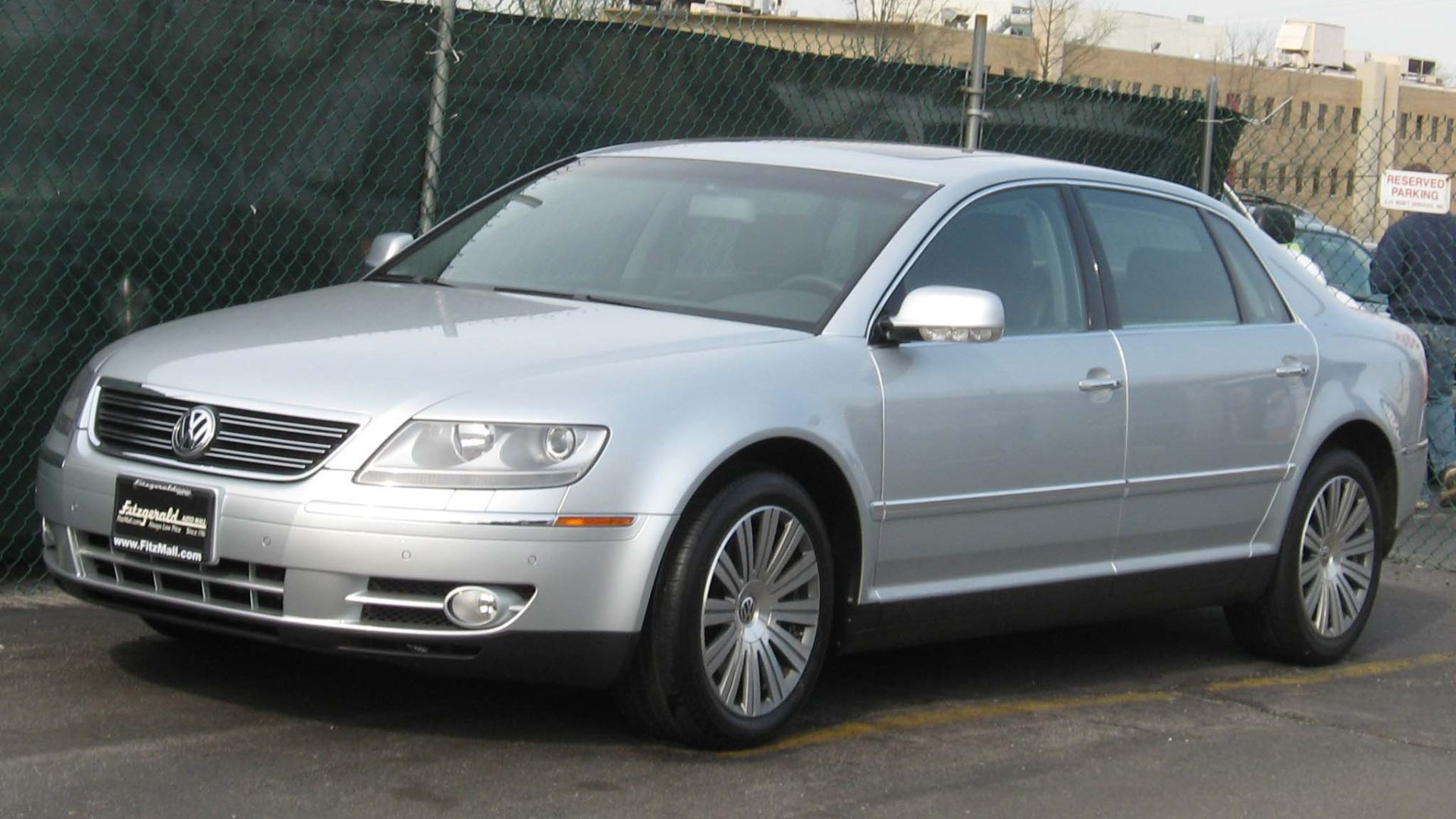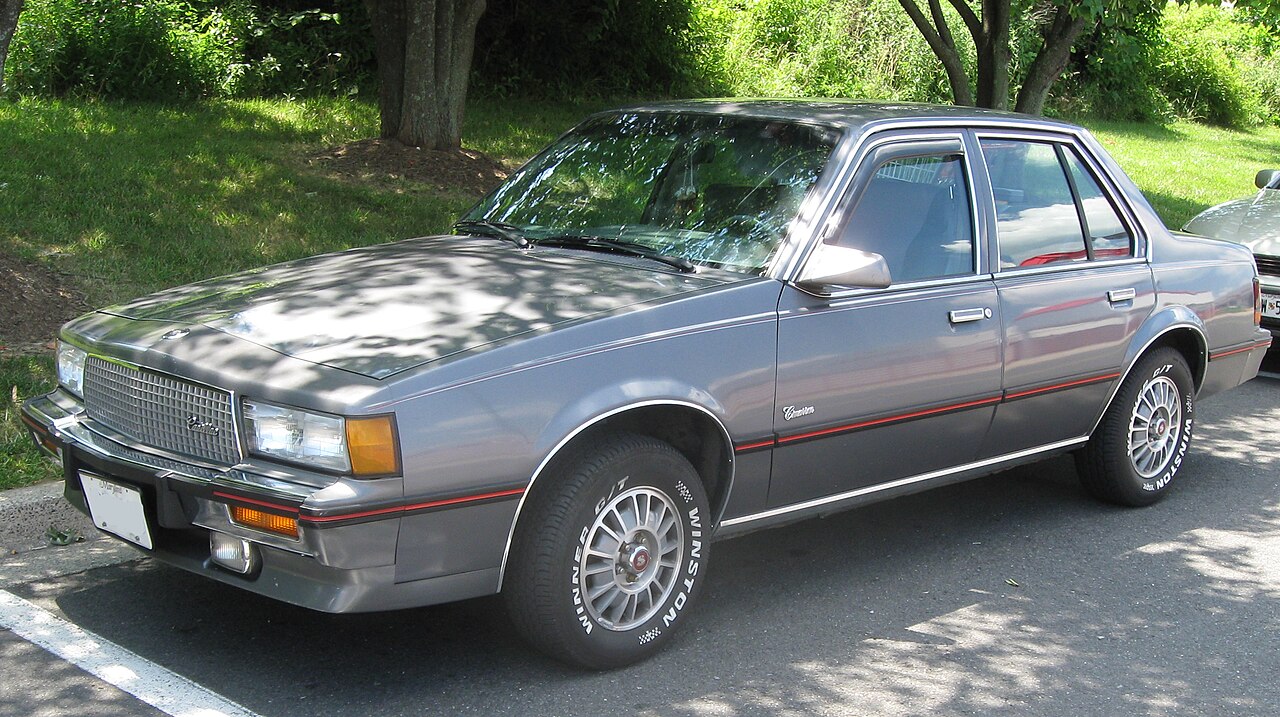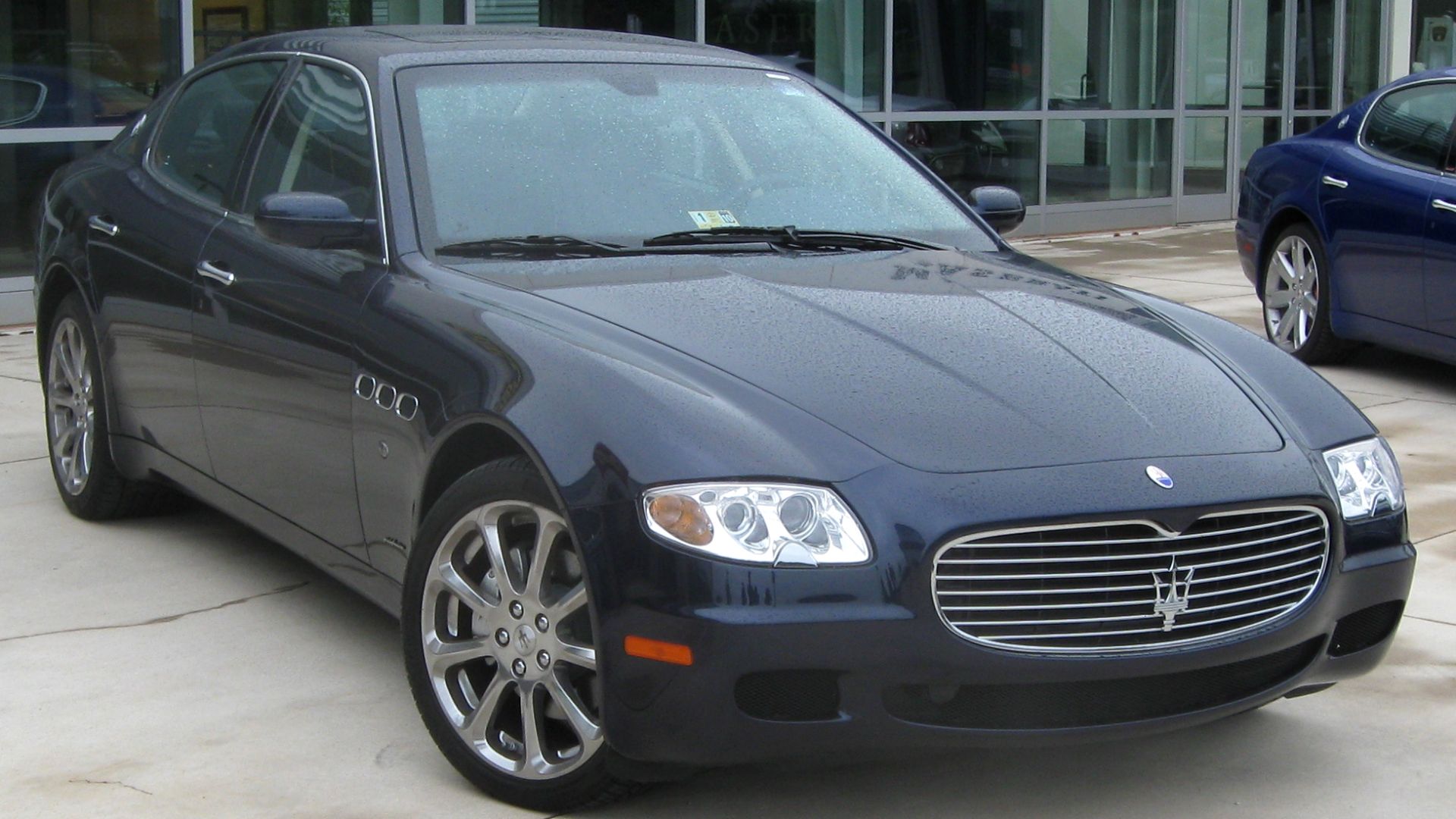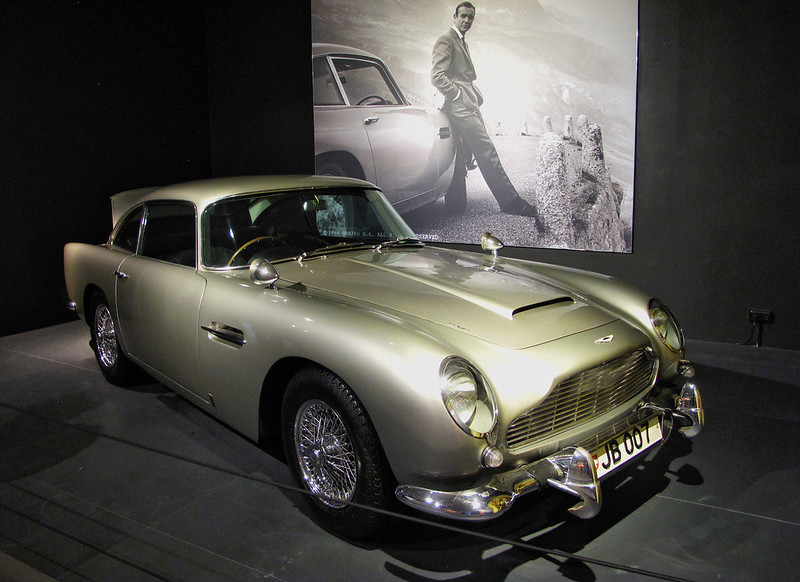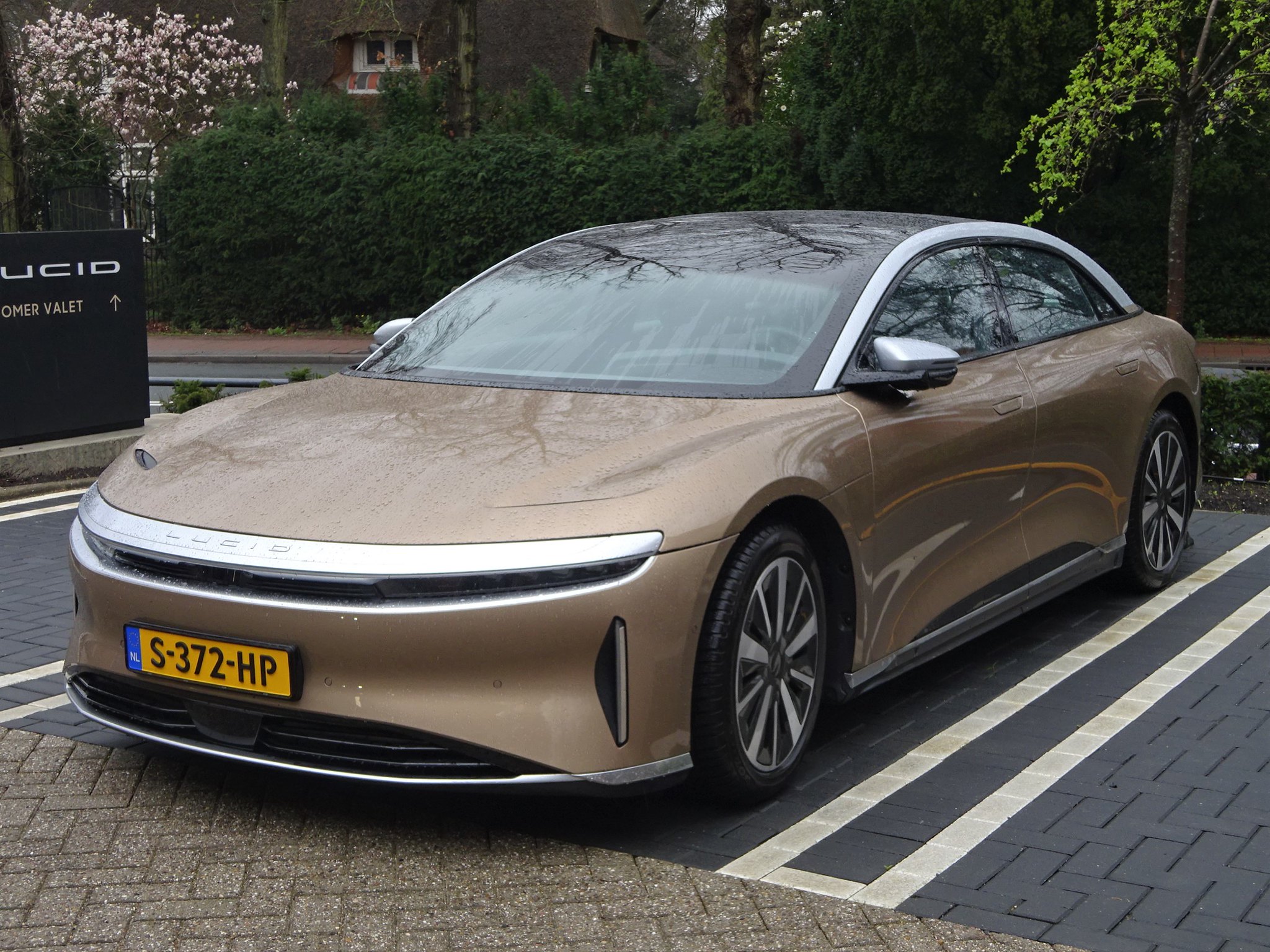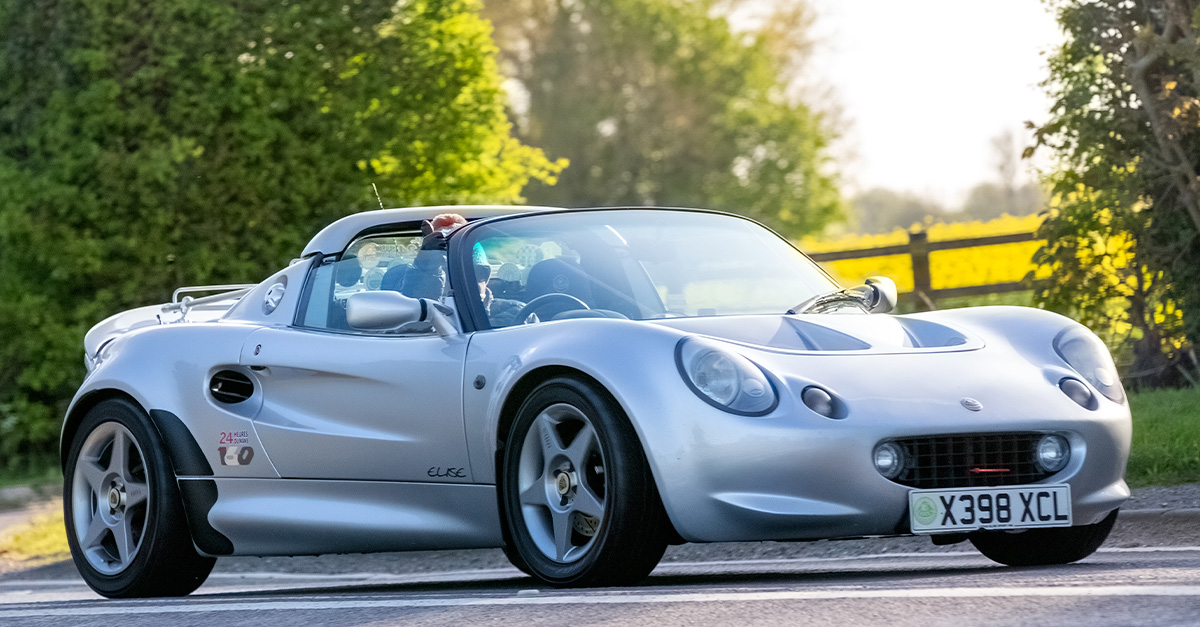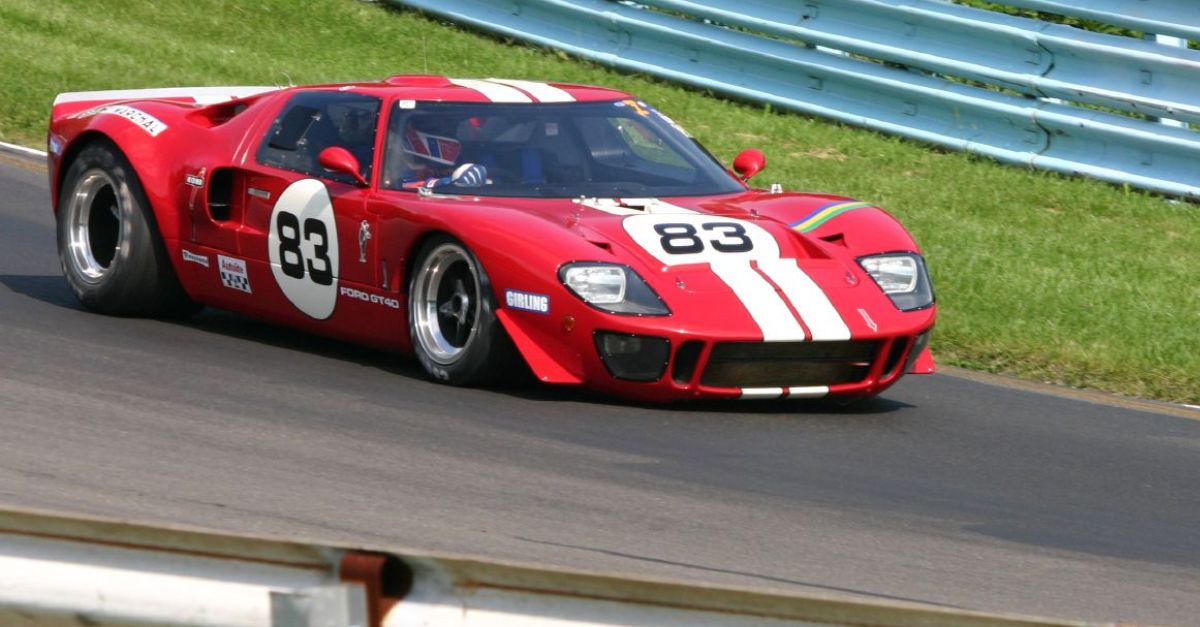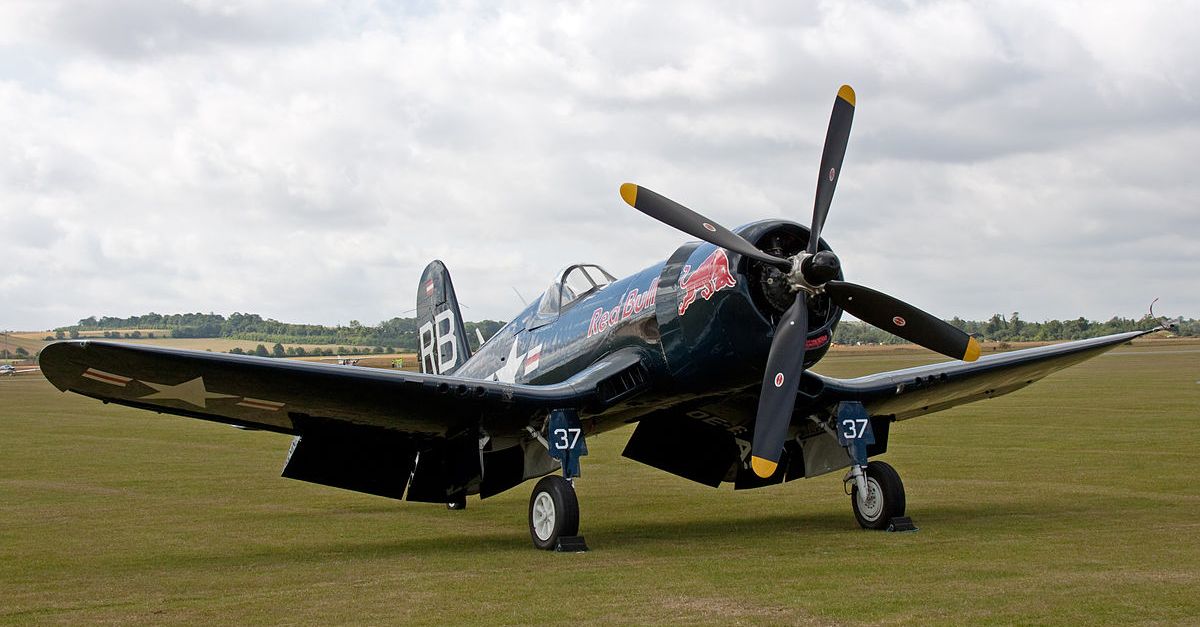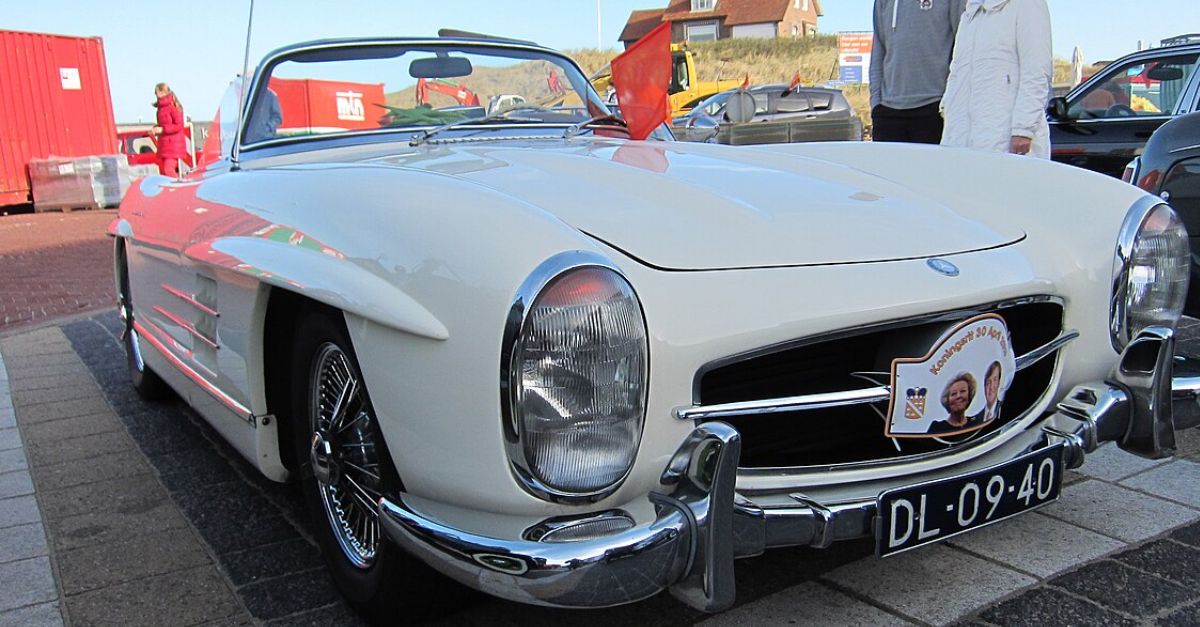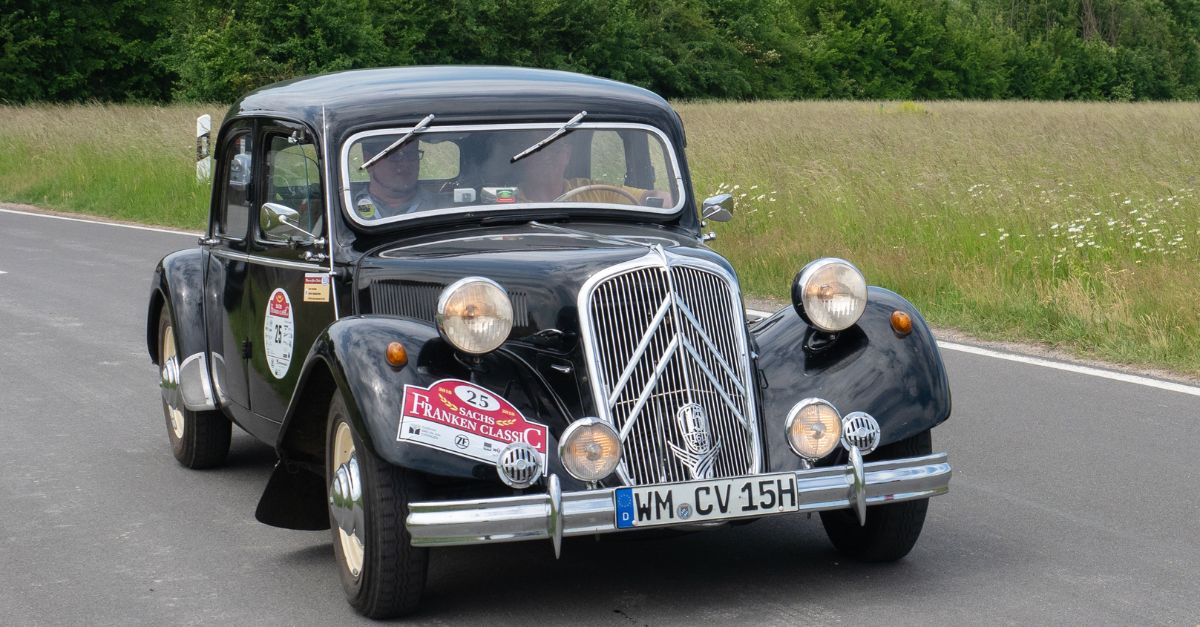Who’s the Car-Master Now?
Think you know your autos from Alfa to Volvo? Buckle up for this make-or-break quiz that’ll test your knowledge of car models and their makers. From iconic classics to obscure oddballs, each question will show you a vehicle model—and you’ll have to guess which automaker created it.
Get 5 right: You’re a casual cruiser.
Nail 10: You’re a certified gearhead.
All 15 correct: Someone get this person a pit crew!
Let’s hit the road!
“Miura”
Which automaker introduced the Miura, a sleek, mid-engine sports car that changed the course of high-performance design? This beauty first appeared in the 1960s and became a game-changer.
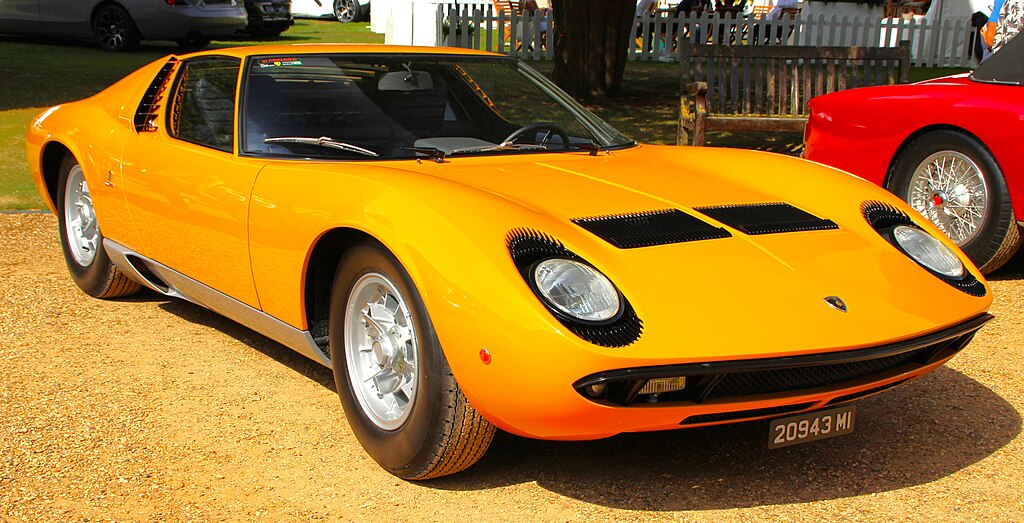 MrWalkr, CC BY-SA 4.0, Wikimedia Commons
MrWalkr, CC BY-SA 4.0, Wikimedia Commons
Answer: Lamborghini
The Miura debuted in 1966 and shocked the world. With a revolutionary mid-engine layout and a roaring V12, Lamborghini turned heads and redefined what a supercar could be. Its elegant yet aggressive look made it a legend—and set the tone for decades of bold Italian design.
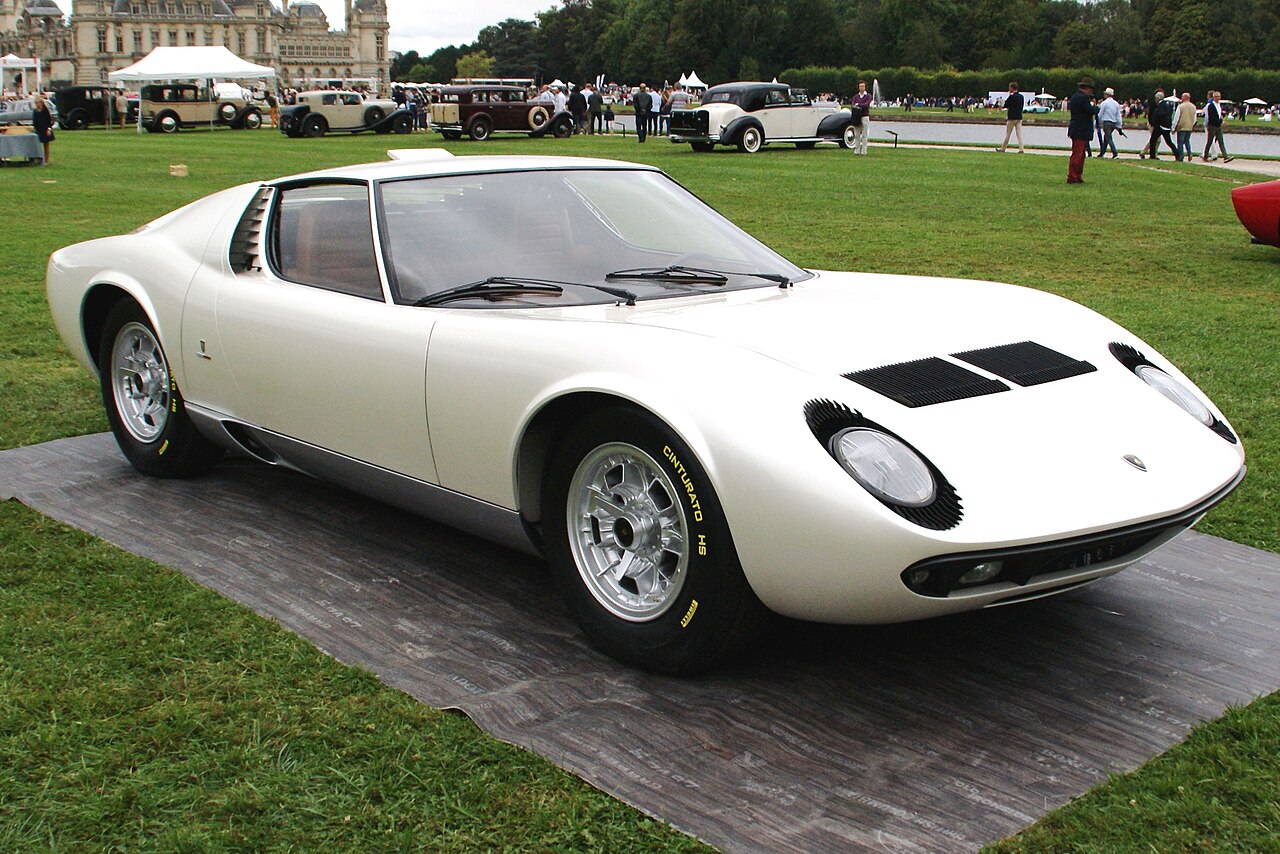 Eric Manesse, CC BY-SA 4.0, Wikimedia Commons
Eric Manesse, CC BY-SA 4.0, Wikimedia Commons
“RX-7”
The RX-7 was a compact and lightweight sports car with a cult following. Known for its unique engine and great handling, this model spanned three generations from the late ’70s through the 2000s.
Answer: Mazda
Mazda’s RX-7 made rotary engines famous. With its sleek body and near-perfect balance, it became a drift icon and a garage favorite. Its Wankel rotary engine, while unconventional, gave it a high-revving charm that helped it stand out in a sea of piston-powered sports cars.
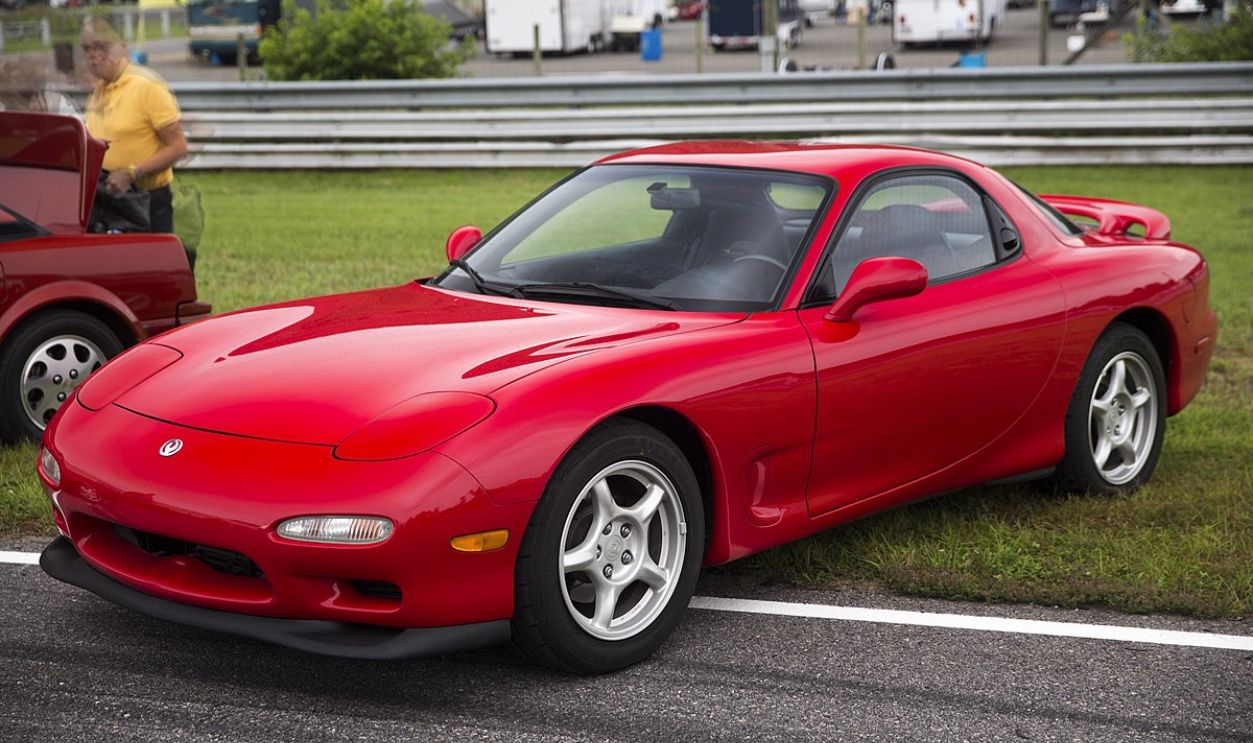 Mr.choppers, CC BY-SA 3.0, Wikimedia Commons
Mr.choppers, CC BY-SA 3.0, Wikimedia Commons
“Phaeton”
The Phaeton was a luxury sedan that aimed to compete with the best from Mercedes and BMW—but came from a surprising badge. High-tech, high-priced, and often misunderstood.
Answer: Volkswagen
Volkswagen launched the Phaeton to prove it could build a world-class luxury sedan. It came with a W12 engine, plush interiors, and a massive price tag. But luxury buyers hesitated at the VW badge, and the Phaeton became an ambitious—but commercially disappointing—experiment in brand stretching.
“Cimarron”
This compact sedan tried to bring luxury to the entry-level market in the 1980s. Instead, it became one of the most ridiculed examples of badge engineering in automotive history.
Answer: Cadillac
Cadillac’s Cimarron was built on the same platform as the Chevrolet Cavalier—with minor changes and a higher price. It failed to live up to luxury expectations and is still cited today as a cautionary tale of slapping a luxury badge on an economy car.
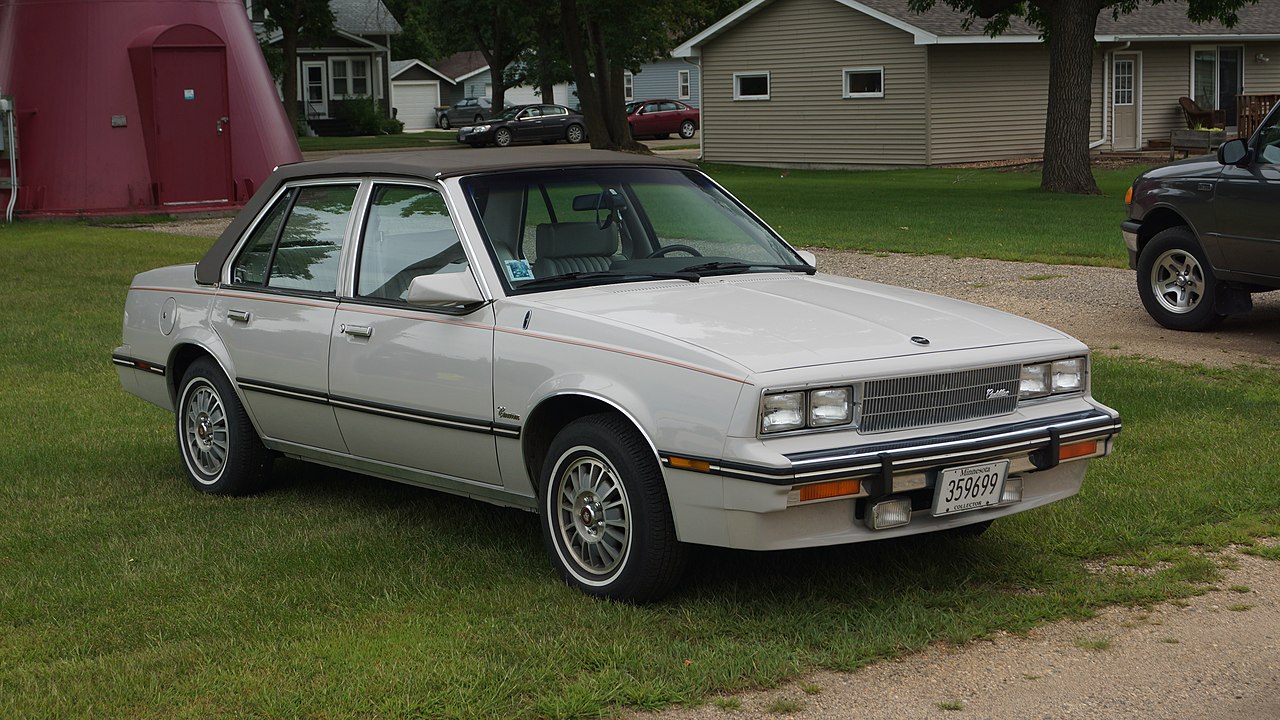 Greg Gjerdingen, CC BY 2.0, Wikimedia Commons
Greg Gjerdingen, CC BY 2.0, Wikimedia Commons
“Quattroporte”
This luxury sedan has four doors and a name that literally means just that. It’s Italian, exotic, and blends performance with executive-level comfort and flair.
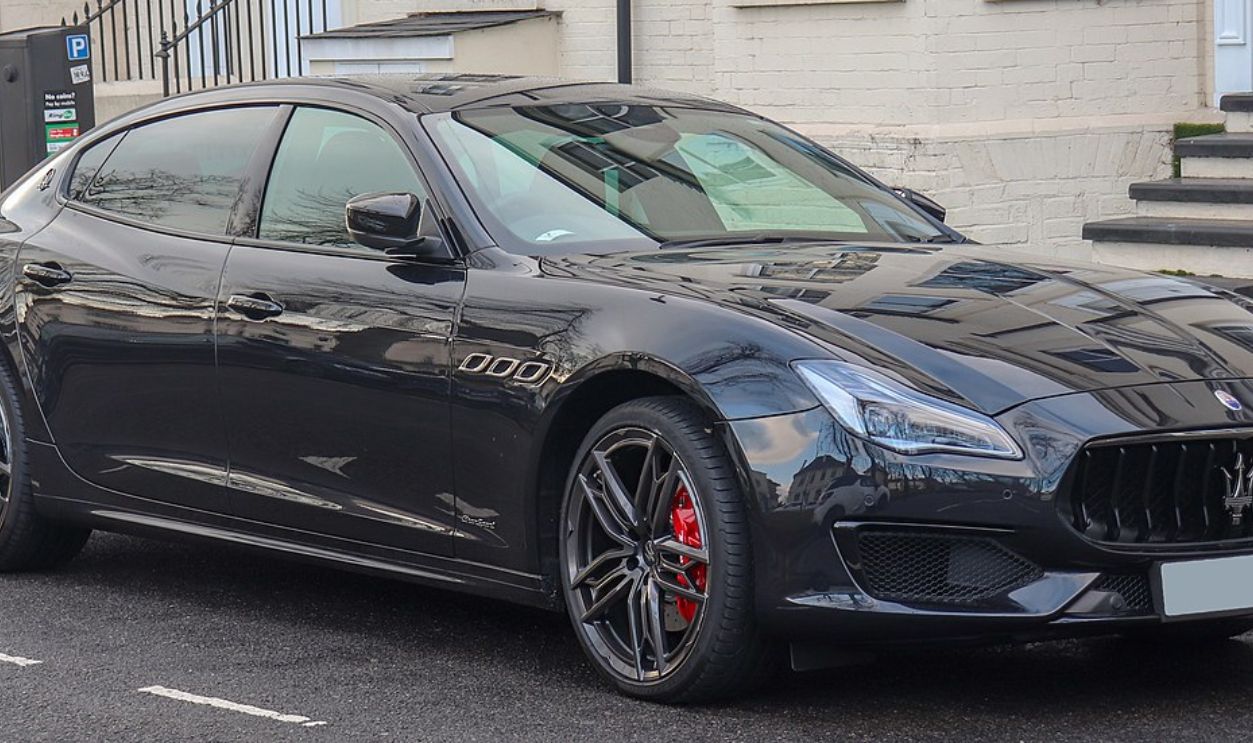 Vauxford, CC BY-SA 4.0, Wikimedia Commons
Vauxford, CC BY-SA 4.0, Wikimedia Commons
Answer: Maserati
Maserati’s Quattroporte—“four doors” in Italian—has been around in various forms since the 1960s. With sleek lines, Ferrari-sourced engines, and plush interiors, it remains one of the most distinctive full-size performance sedans on the market today.
“Polestar 2”
This electric fastback sedan blends minimalist Scandinavian design with sharp performance. It's the first mass-market EV from a relatively new brand with familiar roots.
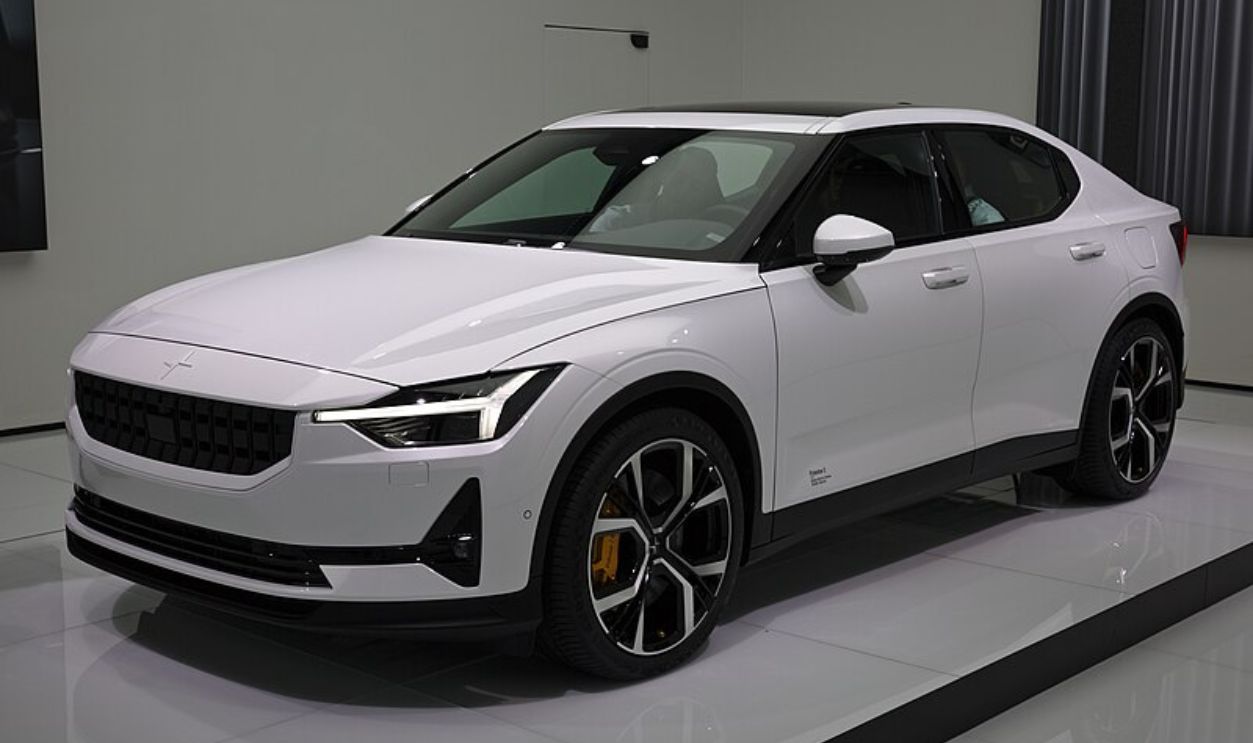 Alexander Migl, CC BY-SA 4.0, Wikimedia Commons
Alexander Migl, CC BY-SA 4.0, Wikimedia Commons
Answer: Volvo (via Polestar)
Polestar began as Volvo’s performance tuning division before evolving into a standalone electric brand. The Polestar 2, its first widely available model, offers clean design, serious power, and a strong push into the premium EV market—marking Volvo’s bold leap into the electric future.
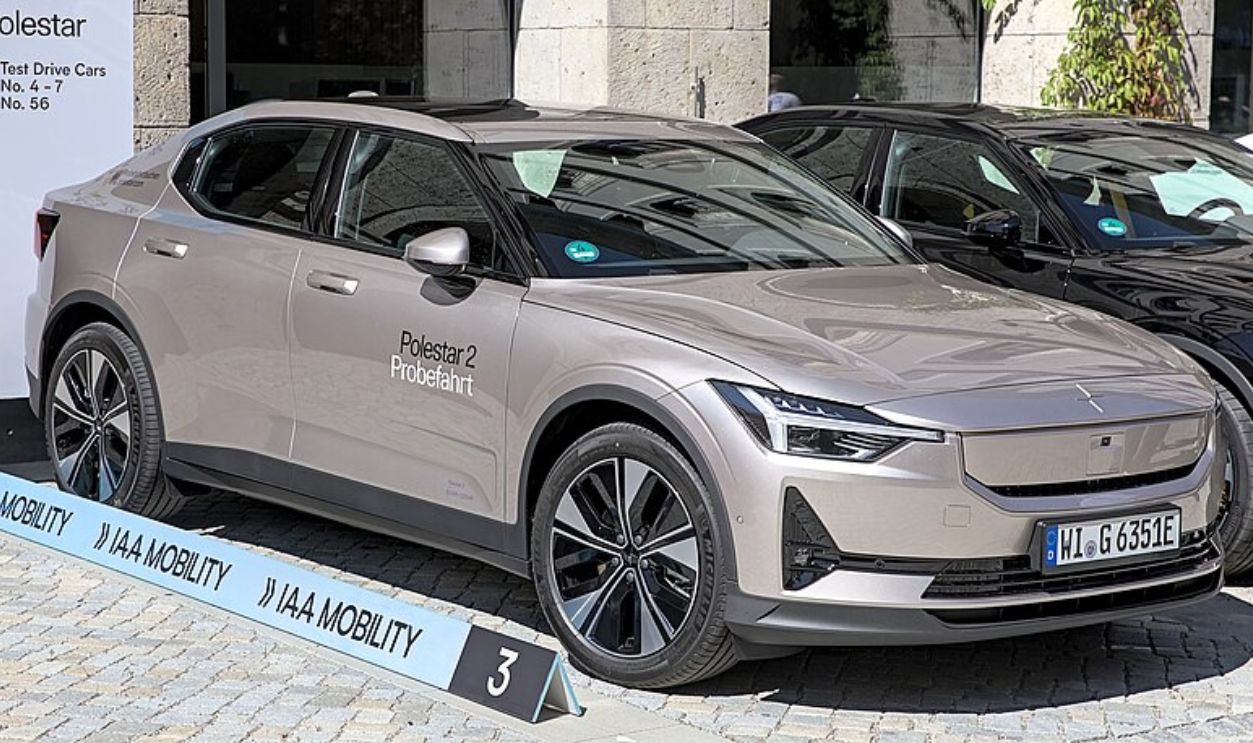 Alexander-93, CC BY-SA 4.0, Wikimedia Commons
Alexander-93, CC BY-SA 4.0, Wikimedia Commons
“Stinger”
This sporty fastback sedan came out of nowhere in the late 2010s and impressed critics with its rear-wheel-drive layout and turbocharged powertrains.
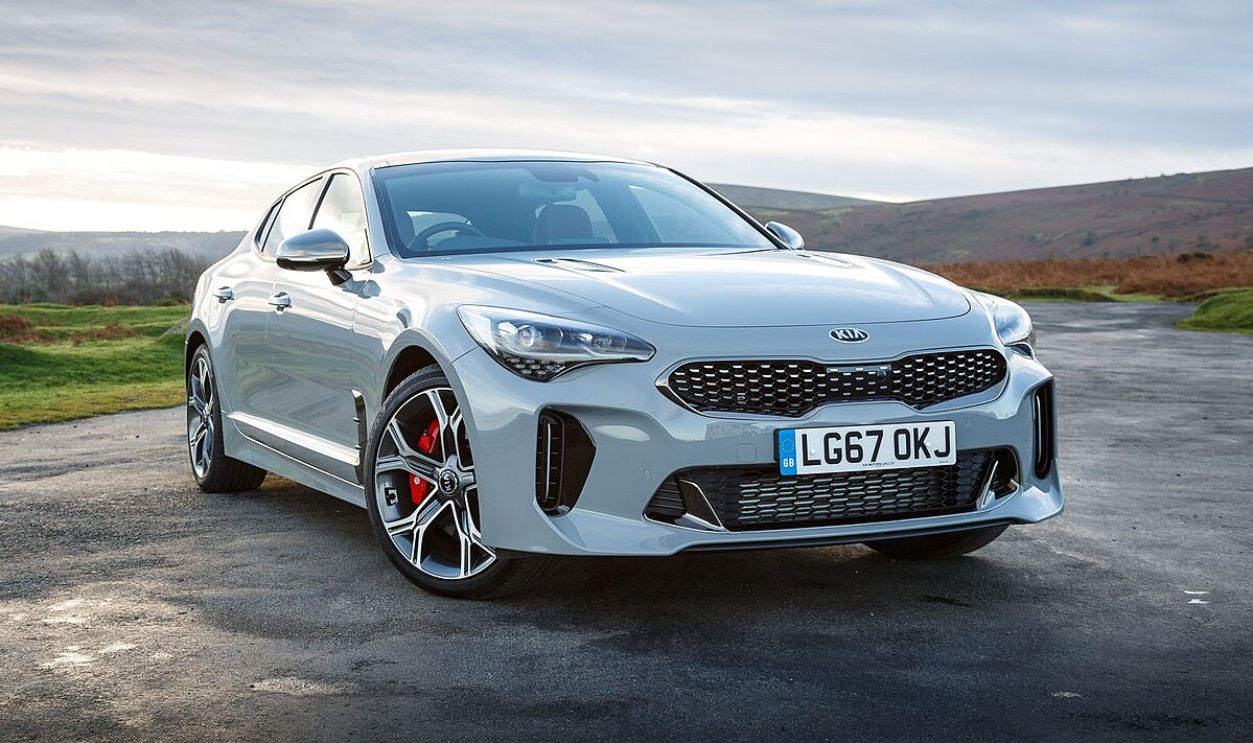 Motor Verso, CC BY-SA 4.0, Wikimedia Commons
Motor Verso, CC BY-SA 4.0, Wikimedia Commons
Answer: Kia
The Kia Stinger challenged perceptions. Designed in Germany and built to perform, it offered a twin-turbo V6 and competed directly with European sport sedans. It marked a major leap forward for Kia—showing the brand could make something seriously fun to drive.
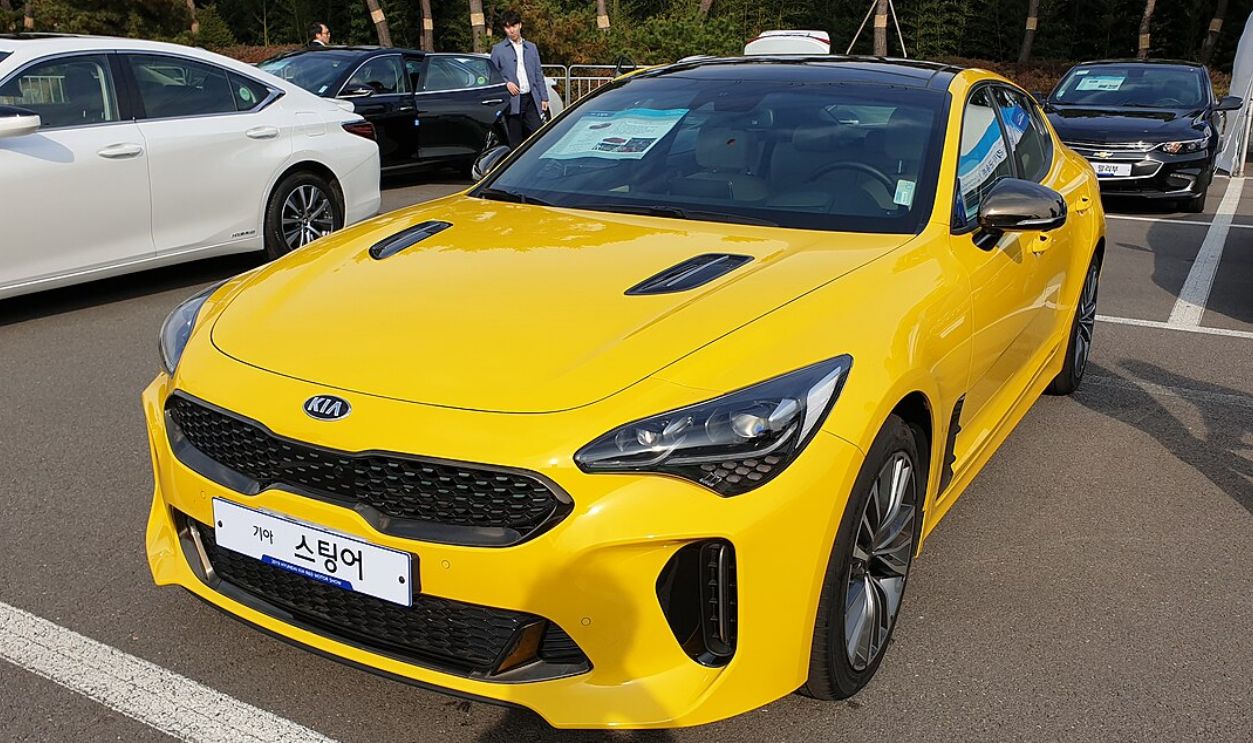 Damian B Oh, CC BY-SA 4.0, Wikimedia Commons
Damian B Oh, CC BY-SA 4.0, Wikimedia Commons
“DB5”
A classic of the 1960s, this grand tourer became internationally famous thanks to a certain British secret agent and is now one of the most recognizable cars in the world.
 DestinationFearFan, CC BY-SA 4.0, Wikimedia Commons
DestinationFearFan, CC BY-SA 4.0, Wikimedia Commons
Answer: Aston Martin
The DB5, built by Aston Martin, gained legendary status as James Bond’s vehicle in Goldfinger. It perfectly blended British luxury with high performance. With its wire wheels and elegant silhouette, the DB5 is both a cultural icon and a collector’s dream.
“Veloster”
This quirky hatchback had a three-door layout and stood out for its oddball design and sporty spirit. Affordable, fun, and definitely unconventional.
 Ki hoon, CC BY-SA 4.0, Wikimedia Commons
Ki hoon, CC BY-SA 4.0, Wikimedia Commons
Answer: Hyundai
Hyundai’s Veloster had two passenger-side doors and just one on the driver’s side. That asymmetric quirk made it memorable—and polarizing. It delivered zippy handling and good value, especially in its turbocharged and N performance trims.
 Gstarex, CC BY-SA 4.0, Wikimedia Commons
Gstarex, CC BY-SA 4.0, Wikimedia Commons
“Z8”
This modern classic was a retro-styled roadster that paid homage to a 1950s icon. Limited production, aluminum body, and serious BMW power made it a collector’s favorite.
Answer: BMW
BMW launched the Z8 in the early 2000s as a spiritual successor to the 507. Under its sculpted hood was an M5-sourced V8. It had star power, even showing up in a Bond film, and today it commands high prices on the collector market.
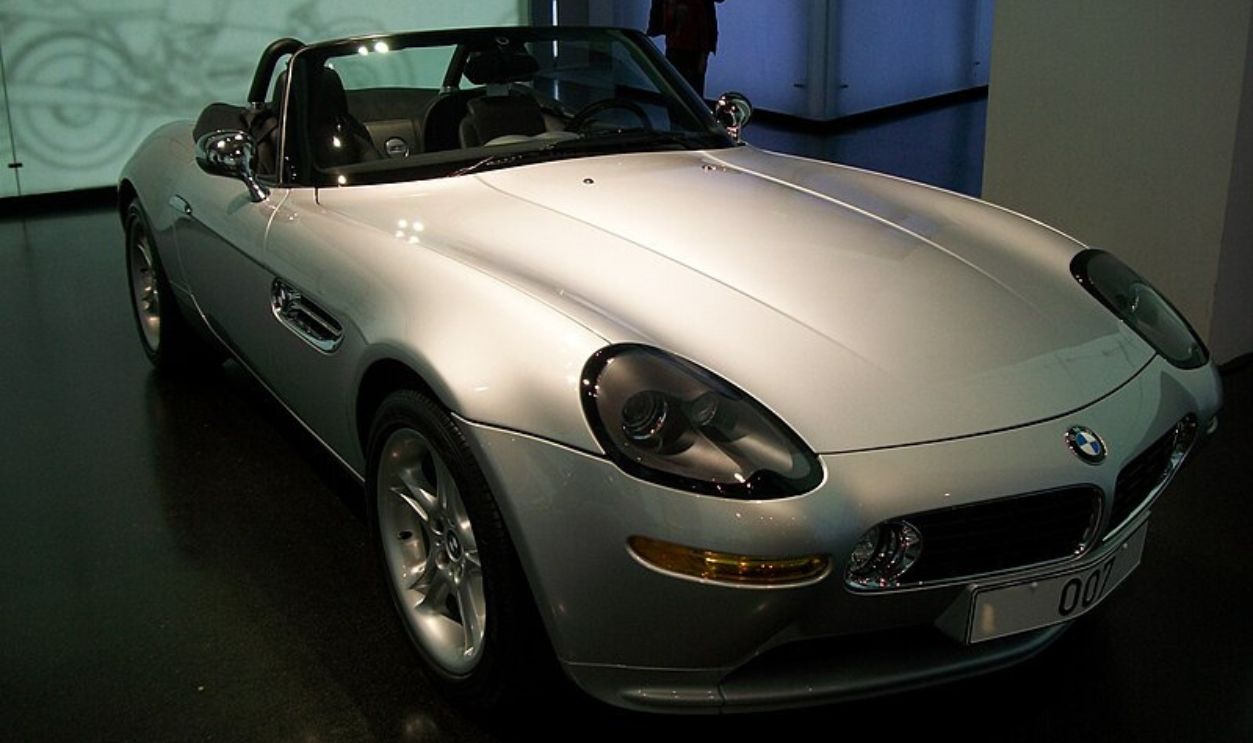 Viggen, CC BY 3.0, Wikimedia Commons
Viggen, CC BY 3.0, Wikimedia Commons
“3000GT”
This '90s sports coupe came loaded with features like all-wheel drive, twin turbos, and even active aero. It was ahead of its time—and a bit heavy.
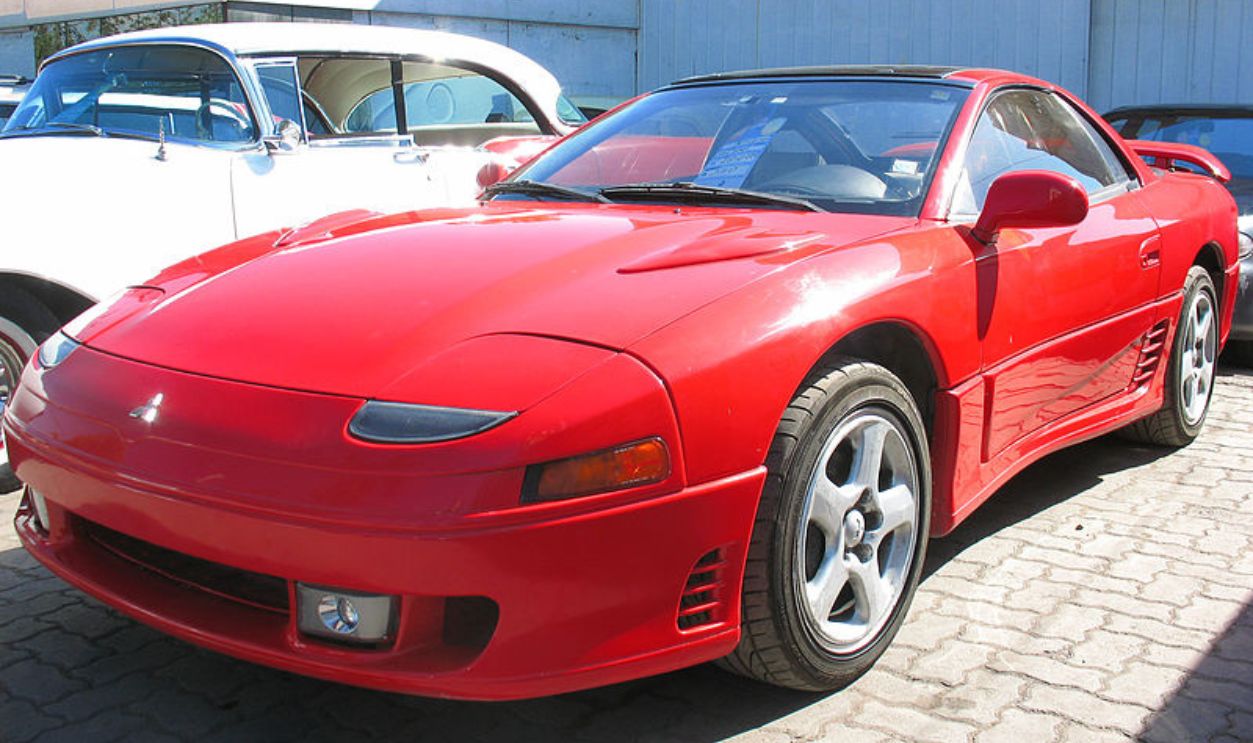 order_242, CC BY-SA 2.0, Wikimedia Commons
order_242, CC BY-SA 2.0, Wikimedia Commons
Answer: Mitsubishi
The Mitsubishi 3000GT, also sold as the Dodge Stealth in the U.S., was a tech-lover’s dream. It packed four-wheel steering, adaptive suspension, and active aerodynamics. While not the lightest car, it delivered big thrills with Japanese innovation.
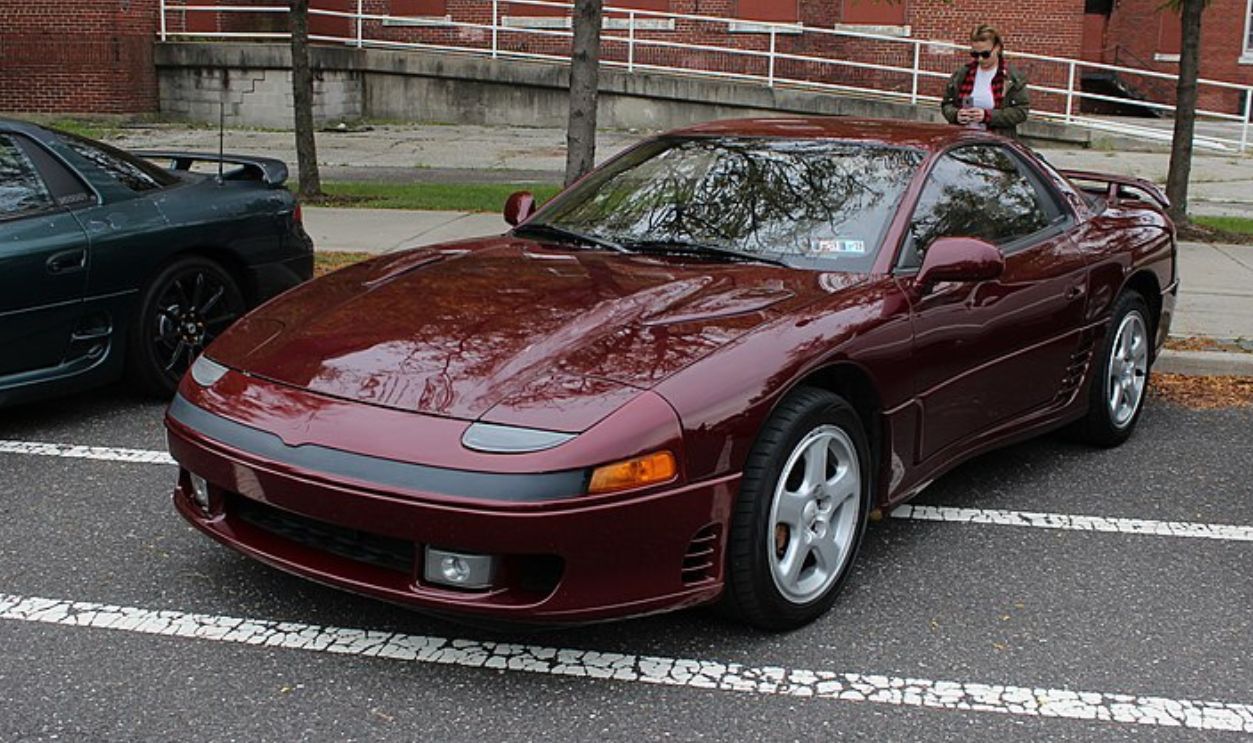 Jacob Frey 4A, CC BY 2.0, Wikimedia Commons
Jacob Frey 4A, CC BY 2.0, Wikimedia Commons
“Stelvio”
This compact luxury SUV is named after a mountain pass and brings a hefty dose of European style and performance to the crowded SUV segment.
 Bahooka, CC BY-SA 4.0, Wikimedia Commons
Bahooka, CC BY-SA 4.0, Wikimedia Commons
Answer: Alfa Romeo
Alfa Romeo’s Stelvio is as sharp as it is stylish. With its Italian curves and available twin-turbo V6 in the Quadrifoglio trim, it offers driving dynamics few SUVs can match. It’s fast, fiery, and fun to toss into corners.
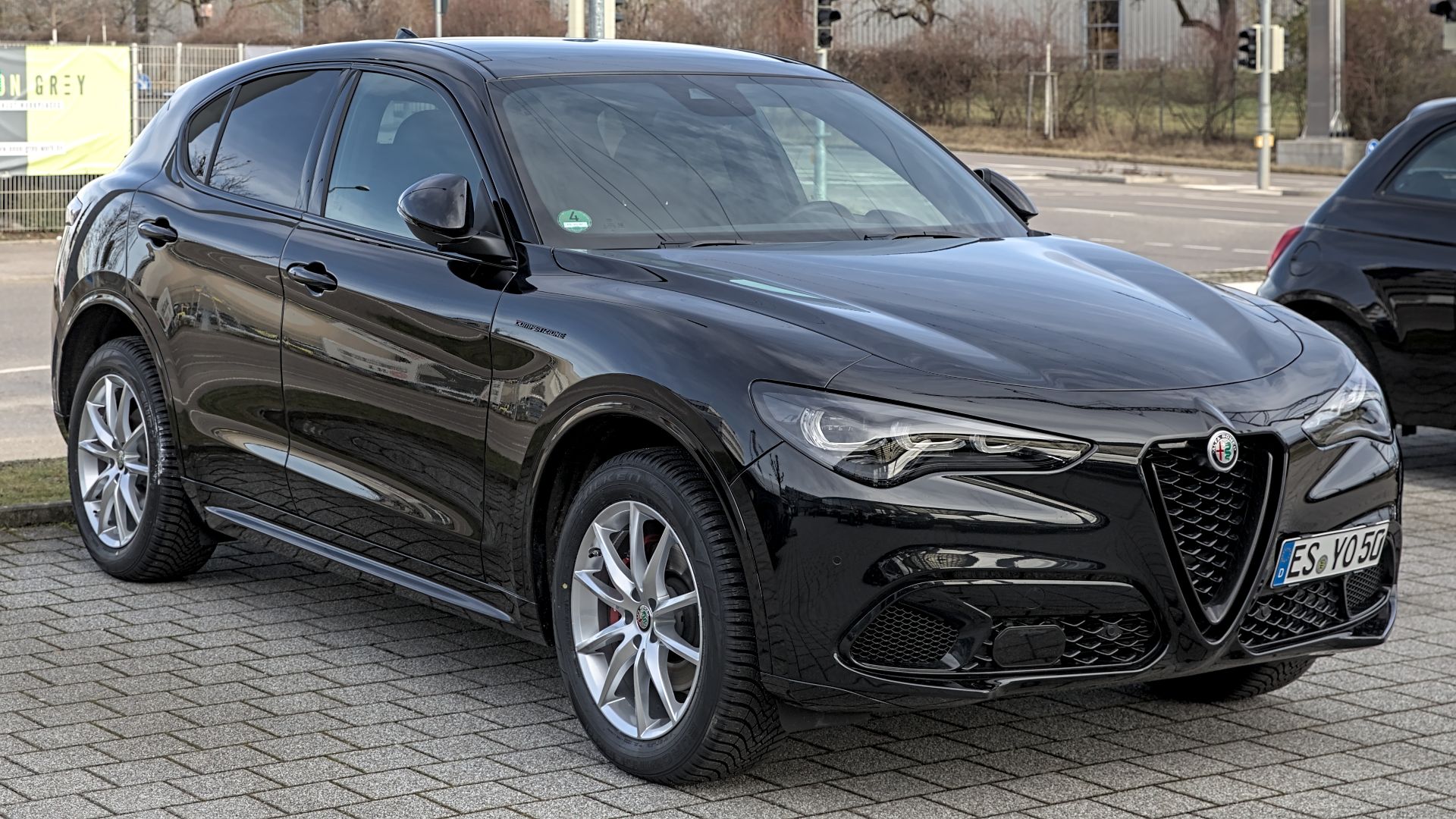 Alexander-93, Wikimedia Commons
Alexander-93, Wikimedia Commons
“Lucid Air”
A sleek electric sedan with a massive driving range, futuristic interior, and lightning-fast acceleration—this car is leading the charge in EV innovation.
Answer: Lucid Motors
Lucid Motors is a California-based startup aiming squarely at Tesla. The Lucid Air delivers over 500 miles of range, an ultra-lux interior, and staggering acceleration. It’s one of the most talked-about electric sedans on the market—and it’s already winning awards.
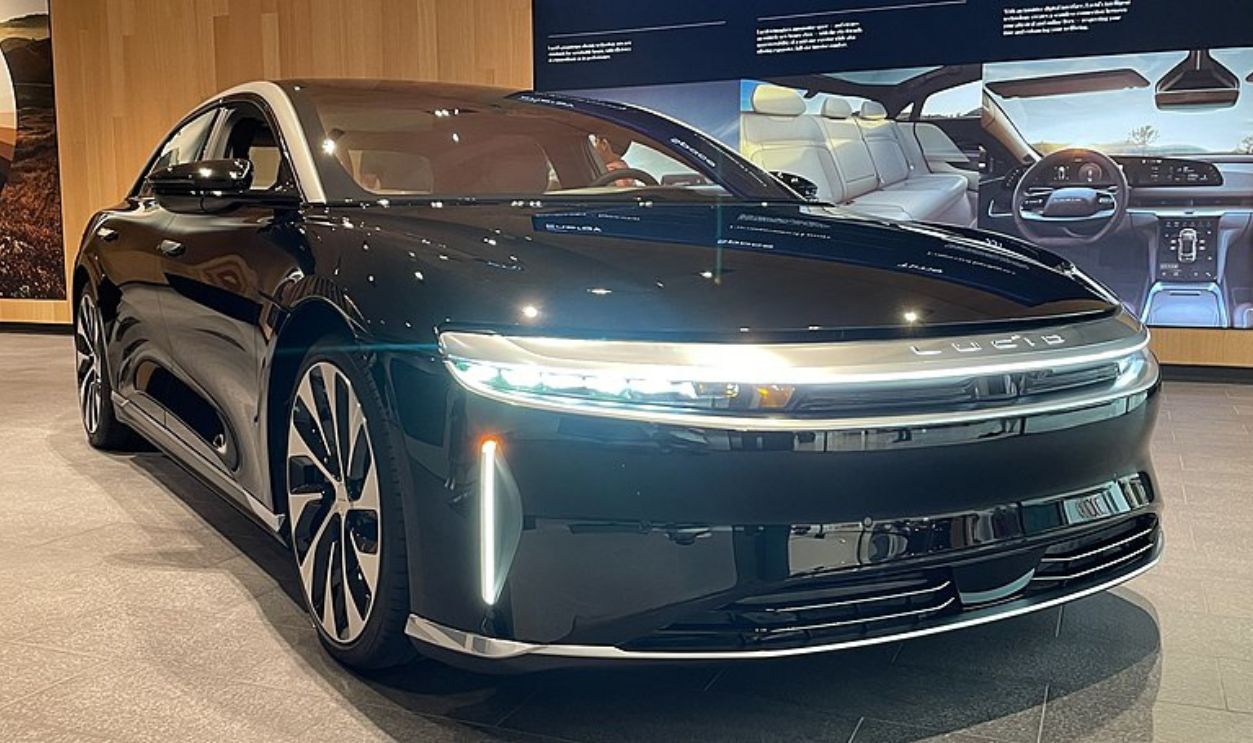 Ganbaruby, CC BY-SA 4.0, Wikimedia Commons
Ganbaruby, CC BY-SA 4.0, Wikimedia Commons
“A110”
This featherweight coupe offers razor-sharp handling, retro styling, and a name that traces back to a rally legend. It’s not from Germany—or Japan.
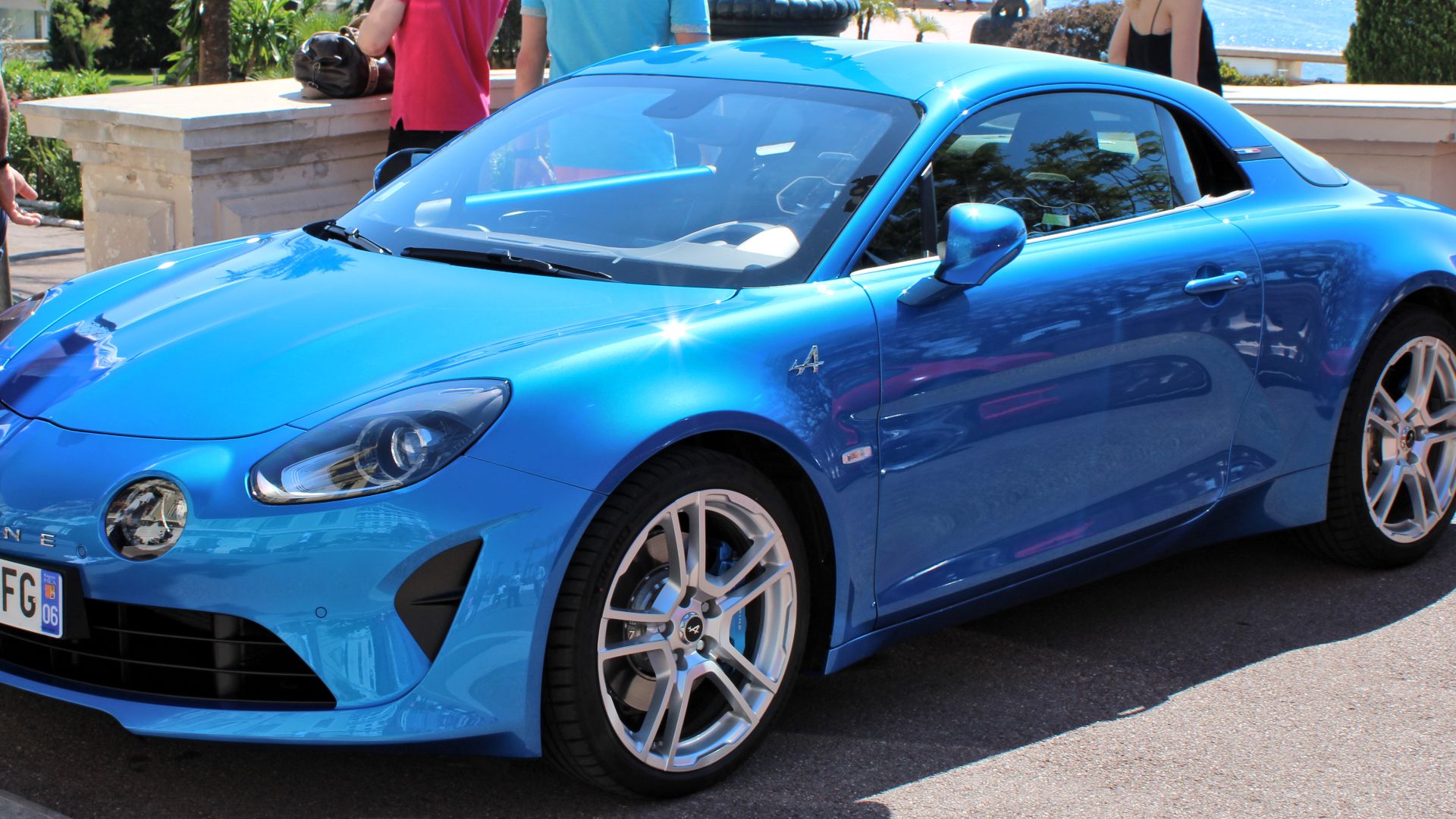 Alexander Migl, Wikimedia Commons
Alexander Migl, Wikimedia Commons
Answer: Alpine (Renault)
The A110, produced by French automaker Alpine (a Renault subsidiary), revives a nameplate famous in rally racing. This new version is light, nimble, and quick—with a mid-engine layout and stunning retro-modern design. It’s a hidden gem for driving purists.
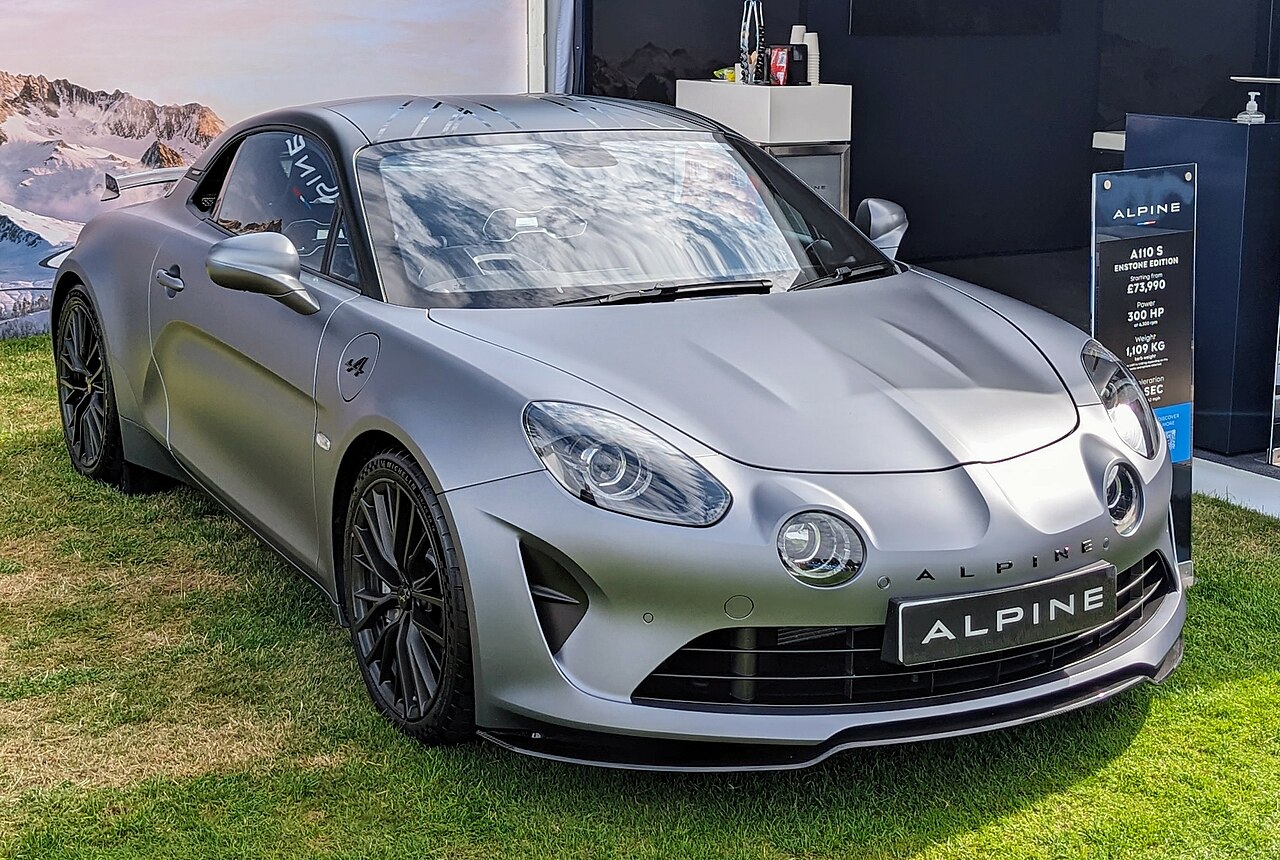 Calreyn88, CC BY 4.0, Wikimedia Commons
Calreyn88, CC BY 4.0, Wikimedia Commons
You Might Also Like:
Secret Prototypes Car Companies Never Released
Jerry Seinfeld’s Obsession With Porsches Might Be The Ultimate Flex

